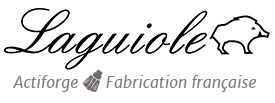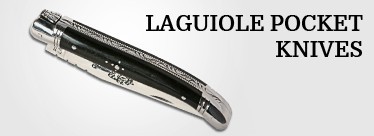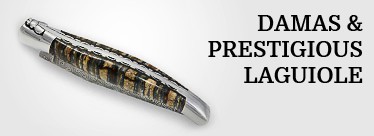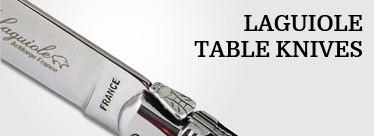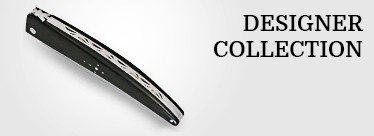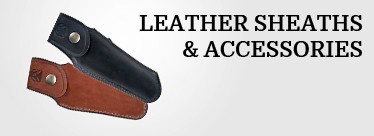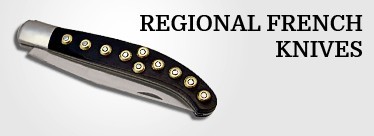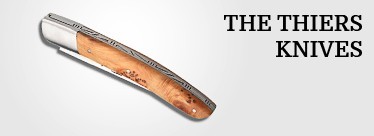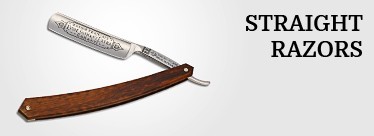- History
- Technical Questions
- To know a Laguiole
- Laguiole upper parts details
- The bladestop
- From steel bar to knife
- Closing systems for pocket knives
- How to sharpen your knife ?
- Sharpening stones
- Unkeep of folding knives
- Upkeep of your kitchen knife
- Cutlers adresses
- Stainless steel and carbon knife
- The art of shaving with the straight razor
- Upkeep of straight razor
- Materials
The history of straight razor

THE HISTORY OF STRAIGHT RAZOR
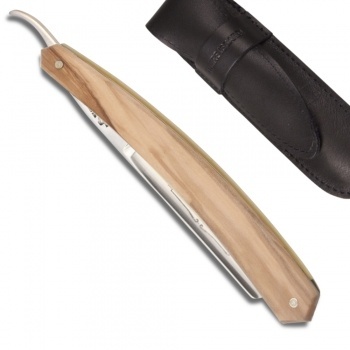
We will never know exactly how the idea, or perhaps the need, to shave came about,but the dangers of a beard worn too close to a campfire, or the annoyance caused by long hair in one's field of vision can be considered as determining factors in the birth of shaving.
About 2,000 years later, our ancestors discovered iron and its strength: Razors in those days were more like choppers than the straight razors we know.
Although the profession of barber had existed for a long time, their duties were much broader than just caring for beards. They not only shaved beards and cut hair but also practiced bloodletting, teeth-pulling and wound-dressing .
In 1371, André Poupart, King Charles V's First Barbier wasgranted by royal ordinance that the status of barber would be equal to other great officers of the court: baker, esquire, marshal...
In an edict issued in November 1691, Louis XIV instituted master "barbers-bathers-steamers-wigmakers" in all higher courtcities or bailiwicks cities.
At the same time, he forbade the "masters barber-surgeons, their apprentice boys, and the wing widows, and barber-bather-bathers-steamers-wingmakers, to performany act of surgery". The idea being that the barber-surgeons and barber- bathers should form two absolutely distinct corporations.
Straight razor in the eighteenth century
Straight razors were the most common means of shaving before the 20th century and remained so in many countries up until the 1950s. Hairdressers were specially trained to provide a thorough and quick shave for customers.
In the early twenty-first century
The production of straight razor in Europe is limited to a few companies. We'll only mention one name
Thiers Issard company based in Thiers (France), which produces 15,000 razors per year. This company has also launched several limited series of straight razors. Information which is sure to delight collectors!
